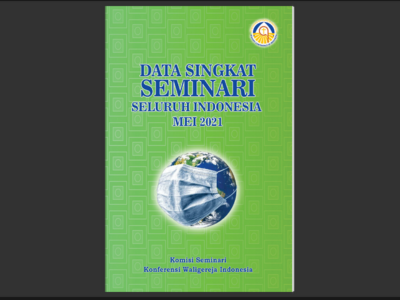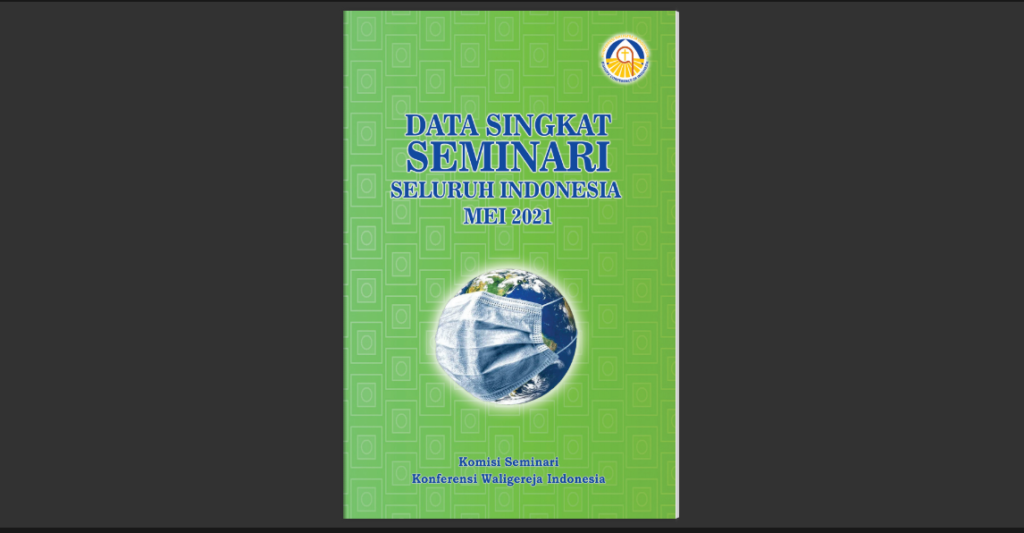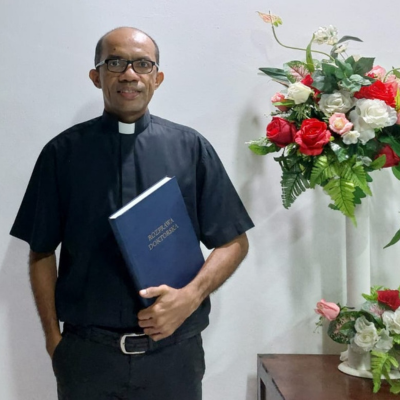

Francis Xavier Major Seminary
Rumah Tiga, Ambon District, Ambon City, Maluku


ChatGPT Work
Here is a result of the chatgpt coding to form a card complete with its CSS.
HTML:
<!DOCTYPE html>
<html lang=”id”>
<head>
<meta charset=”UTF-8″>
<meta name=”viewport” content=”width=device-width, initial-scale=1.0″>
<link rel=”stylesheet” href=”styles.css”>
<title>Card Example</title>
</head>
<body>
<div class=”card”>
<img src=”https://via.placeholder.com/300″ alt=”Gambar Contoh” class=”card-image”>
<div class=”card-content”>
<h2 class=”card-title”>Judul Card</h2>
<p class=”card-description”>Ini adalah deskripsi singkat tentang card ini. Anda bisa menambahkan lebih banyak teks di sini.</p>
</div>
</div>
</body>
</html>
CSS:
body {
font-family: Arial, sans-serif;
display: flex;
justify-content: center;
align-items: center;
height: 100vh;
margin: 0;
background-color: #f4f4f4;
}
.card {
background-color: white;
border-radius: 10px;
box-shadow: 0 4px 8px rgba(0, 0, 0, 0.2);
overflow: hidden;
width: 300px;
}
.card-image {
width: 100%;
height: auto;
}
.card-content {
padding: 16px;
}
.card-title {
font-size: 1.5em;
margin: 0 0 10px;
}
.card-description {
font-size: 1em;
color: #555;
}
Explanation
HTML: We create the basic structure for the card with an image element (<img>) and content consisting of a title (<h2>) and description (<p>).
CSS: We style the card to make it look attractive with a white background, shadow, and rounded corners. The image will fill the width of the card.
How to Run
Copy the HTML code to the index.html file.
Copy the CSS code to the styles.css file in the same directory.
Open index.html in a browser to see the results.
Feel free to adjust the image and text to your needs! If you have any further questions, don’t hesitate to ask.

Eucharist, source of knowledge of Jesus Christ
Two of Jesus’ disciples went to a village called Emmaus (Luke 24:13). On the way they were approached by Jesus and talked to them but they did not know Him. They knew Him when He sat down to eat with them, He took bread, gave the blessing, then broke it and gave it to them (Luke 24:30). The two disciples experienced again what Jesus did at the Last Supper. That is the holy Eucharist, the offering of Christ himself (His body and blood) for the Church and all people.
Notes on Emmaus (Jost Kokoh – Xxi, Interruption) Emmaus is sometimes referred to as a “hamlet” which is located approximately 11 km from the city of Jerusalem. Often (although not precisely) its location is equated with Emmaus which is mentioned in 1 Mac. 3:40-57; 4:3; 9:50. It was there in 166 BC that Judas Maccabeus’s resistance to foreign rule was victorious. It was in Emmaus, “when Jesus broke the bread” (the Eucharist), that the two disciples were “healed”: they recognized who the person who had accompanied them on the road really was. Only then did they fully realize that this man was the same as He who at the Last Supper (Luke 22:16 and 18) said that He would no longer eat or drink when the Kingdom of God truly came. They both experienced that now “the Divine ” can be truly present in the midst of “humans”, especially through the event of the Eucharist. “Did not our hearts burn within us as he spoke to us on the road?” (Luke 24:32).
Emmaus leaves a unique story about Jesus and his two disciples. He left the story of the “breaking of bread” made by the Lord himself. There is a close connection between the events of the last supper and the Emmaus event. The breaking of the bread is a link, that Jesus’ action in Emmaus is the same as the action of the last supper. At the last supper, the Lord himself gave his body and blood to the Apostles. He did the same thing in Emmaus as a repetition, it can even be said as a ‘reminder’. ‘ for the two disciples. This is also an affirmation for the two disciples that the breaking of the bread is typical of Jesus, because He gave His disciples His body and blood. Because it is typical, the disciples recognized Him.
This act of Jesus’ self-surrender is both the source and the peak life of the Church. Christians diverted the Jewish tradition, the custom of gathering at the Temple was now celebrated in each person’s home. “They continued steadfastly in the apostles’ teaching and fellowship, in the breaking of bread and in prayer. Persevering and daily with one accord in the temple courts, breaking bread in their homes and eating together with glad and sincere hearts” (Acts 2:42.46). And it is true that Christians used to gather “on the first day of the week,” meaning Sunday, the day of Jesus’ resurrection, “to break bread” (Acts 20:7). The celebration of the Eucharist continues in the same way today, so that adults here it is found everywhere in the Church with the same basic framework. It remains the core of the Church’s life, (CCC 1343). (Fr. IEF).

Humble to Listen
Thursday, September 1, 2016 (Weekday)
BcE 1Cor. 3:18-23; Ps. 24:1-2,3-4ab,5-6; Luke 5:1-11.
BcO 2Tim. 2:1-21 Liturgical Color Green
The Apostle Peter and his friends had a really bad day. They worked hard fishing all night without success. Jesus’ command the next day “Put out into deep water and let down your nets for a catch” seemed to be lecturing Peter. How could the son of a carpenter from Bethlehem know where the fish nest? Peter’s first part of the answer seemed to represent the disappointment of today’s people who work hard without results: “Master, we have worked hard all night and have caught nothing.” However, Peter, the ‘rock’ man, strong and sturdy, turned out to have a personality that was dominated by an attitude of “humility” and was willing to “listen” to Jesus. And Peter’s second answer is obedience that brings abundant results.
Often we work so hard, diligently and persistently, but do not produce results. Even if the work is fruitful, it is not optimal. Then we fall into disappointment, irritation, and often get angry easily, even to the point of despair. However, Jesus’ command actually makes us aware to be more “humble”, to submit to, to incline our ears and “listen” to what the divine plan is behind every failure. We may pray before going to work, diligently attend morning Mass, diligently make novenas or devotions, and do penance or mortification for the granting of a special purpose. However, do we really know exactly the Word of God for our lives? Maybe God has whispered, “My child, you are fishing in shallow water” but we are deaf. And we go around in circles around the shallow area of faith.
The shallowness of faith is seen in the many practices of prayer that seem to “force God” to grant something. We must realize that love for God is what must motivate us to pray. Praying is not to force God to smooth everything. We are not “spiritual beggars”, who come when we need something and disappear when the need is met. Prayer is a spiritual power that makes us surrender to His will.
What should we do? Open our ears (and) hearts to hear His Word. Provide (more than) enough time to reflect on what God’s intentions are for this life. National Bible Month is a golden opportunity to “set out into the deep” with God. Don’t busy yourself talking too much to God. Be calm and quiet more. Let our souls listen to His voice. Trust me, God knows where the boat of our lives is headed. In the end, those who follow God’s commandments are those who succeed in their lives even though failures come their way. Who are they? Look and emulate the saints. (Fr. Nifmasken).


This will close in 0 seconds

